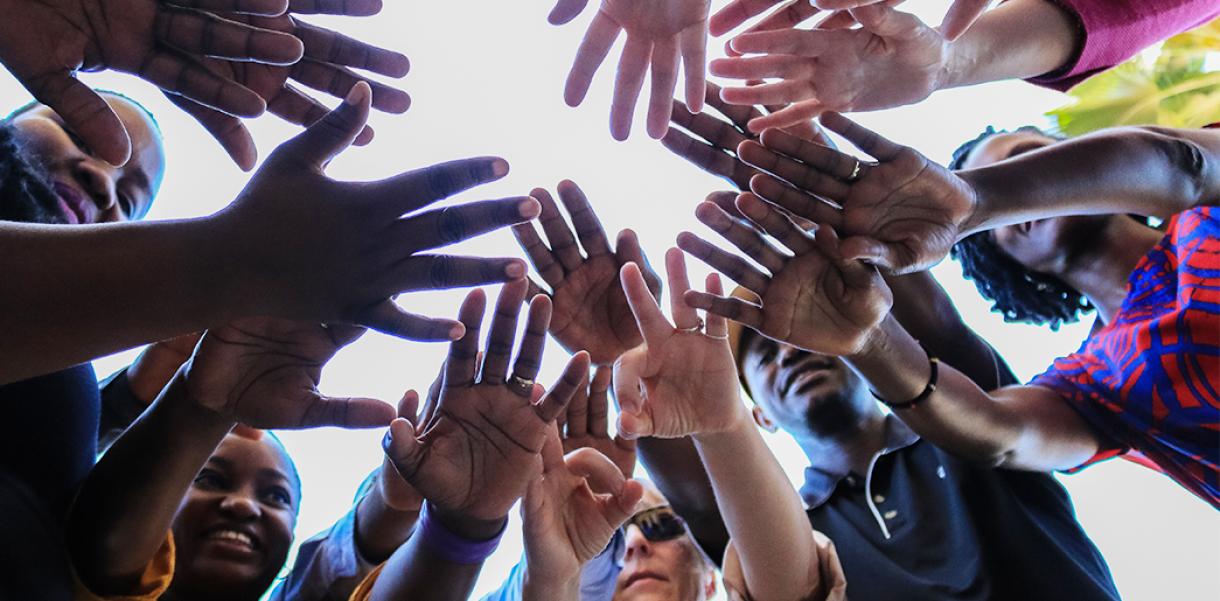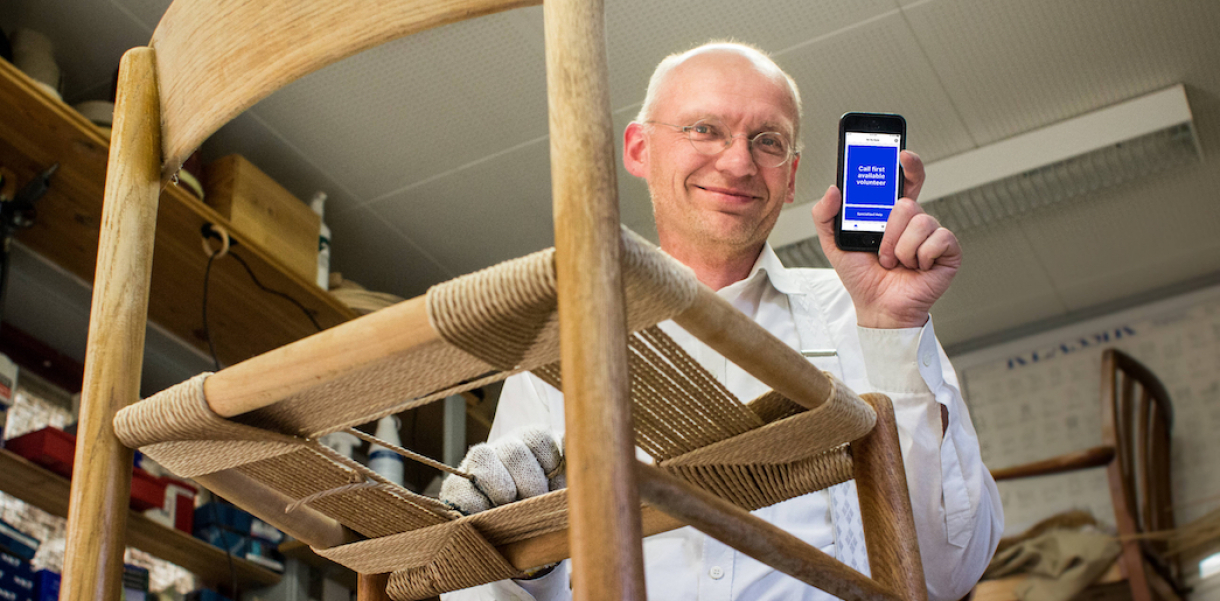Until recently, many of the challenges faced by education were conditioned by the new demands of an increasingly uncertain job market. This is how new strategies for teaching and learning emerged, which we at Universidad del Desarrollo had been incorporating for several years, to adapt to what we imagined was the next stage in training our youth.
Then, suddenly everything changed, and our educational foundations were shaken to the core. As poet and novelist, Mario Benedetti put it; "When we thought we had all the answers, suddenly all the questions changed". We had to adapt quickly and ask ourselves new questions to continue advancing amid the uncertainty that has gripped the world: Were we prepared for the effect that the pandemic has had on education? Were our children and university students ready to abandon physical presence in classrooms and replace it with virtual contact? Were we as instructors prepared to teach through a screen, without knowing what's happening on the other side?
Absolutely not, and adapting hasn't been easy.
The challenge is enormous and complex. From one moment to the next; we face new scenarios and priorities. For example, today, human interactions are fundamental. Therefore, teaching through a screen has forced us to reimagine the range of interactions that we thought we knew, where the participation of the student is even more relevant than in the physical classroom.
"Technology isn't only an instrument for transmitting information, but a means to create thought and culture."
Although we have many technologies available, it's clear how much value we place on physical presence. But, while years of tradition can't be cast aside, we're bound to change, and preconceptions on teaching and learning must be rethought. It's time — and the need demands it — to see technology no longer as a tool but as a protagonist. Technology isn't only an instrument for transmitting information, but a means to create thought and culture. With this in mind, we can begin to understand technology as an extension of our bodies that, when applied to training, defines a design field: the design of learning experiences.
We have the challenge of moving from the instrumental domain of techniques and media to designing new learning scenarios, combining all the elements and methodologies that we have at hand. All these dimensions offer great opportunities for design to shape new ways of understanding this new educational process, as well as its agents and the dynamics established between them.
To achieve such ambitious goals, the solutions can be infinite or as many as instructors are willing to seek. As Albert Einstein once said, "It's in the crisis that inventiveness, discoveries and great strategies are born". Resilience is the inspiration for design, and the key to moving ahead is to start acting from our own idiosyncrasies, our individual identities, within our local areas.
We must also be open to opportunities and learn to teach with simple things, with what we have at hand. We must let creativity take over these virtual spaces that are ultimately keeping us connected. And creativity must also be the engine to attract and keep our students excited, especially for careers that are more practical like design, where "doing" is part of every day.
"We're facing a unique opportunity to design new and better ways to educate our youth."
But, how do we embed this paradigm shift in a discipline that is taught "hands-on"? The first thing is to trust: to believe that our students are autonomous, motivated, capable and willing to follow the instructions and "stain their overalls" at home. The centre of higher education is to enchant these young minds and strengthen vocation. Secondly, we must keep the souls of our students in love with design: it's essential to modify the way we teach and evaluate, without losing sight of how we deepen and connect the different subjects, giving them a macro sense.
There are many challenges that we'll probably still have to face. But the design discipline's essence is the resolution of complex problems, through empathy and observation of users and their realities. Therefore, it's a discipline that can and should contribute to the creation of new paths for teaching. And while we all long for this pandemic to end soon, we're facing a unique opportunity to design new and better ways to educate our youth.




